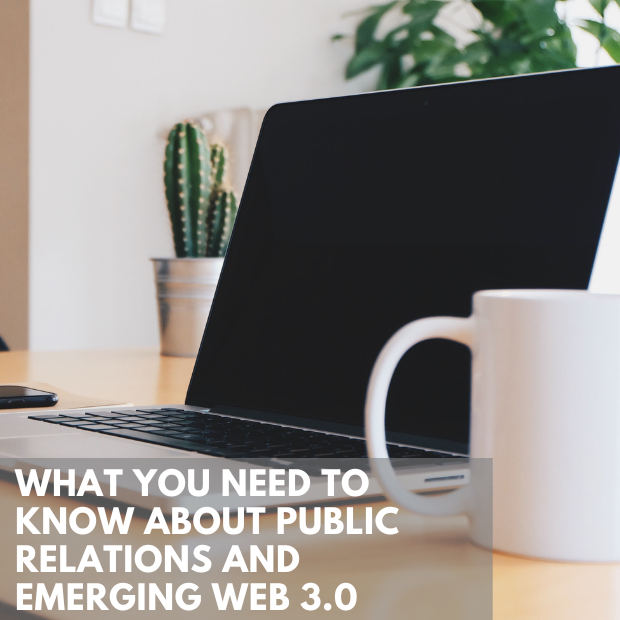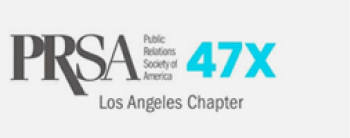
What You Need To Know About Public Relations and Emerging Web 3.0
What Is Web 3.0?
Web 3.0 is the third and latest iteration of the internet. It is a decentralized, peer-to-peer network that allows for more secure and faster data transmission. It also introduces new opportunities for entrepreneurs to enter the e-commerce space. Additionally, it gives users more control over their privacy, security, and data ownership.
Its predecessor, Web 2.0, focused on user-generated content. Web 3.0 is based on intelligent agents, machine learning, and artificial intelligence.
Web 3.0 is a semantic web. This means it uses AI to understand consumer meanings and intentions. It understands the meaning of the words in consumer searches and does not rely on keywords or numbers. Thus, it gives more accurate results and a better experience.
How Web 3.0 Will Impact Public Relations
With the emergence of Web 3.0, public relations professionals need to rethink their strategies to accommodate this new technology. Here’s how Web 3.0 will impact public relations.
Personalization
Past web versions relied on users’ location to give them personalized content and promotional campaigns. However, Web 3.0 is revolutionizing the personalization of PR messages.
Instead of showing users information based on their location, Web 3.0 focuses on:
- The previous digital interactions of a customer
- Other customers they’ve interacted with
- And customer preferences and purchase history
For instance, if a customer gives your product a 5-star rating on Google but posts how they dislike your company on Facebook, the web will know that your target messages are of no interest to this customer.
This calls for PR professionals to re-evaluate their understanding of their audiences to help them create content that each consumer will want to interact with willingly.
With the help of AI, businesses can accurately predict what kind of information and communication a user would like to receive. This goes beyond just emails and newsletters. It includes social media campaigns, digital advertising, and webinars tailored for each customer segment.
Media Prioritization
Web 3.0 delivers information that appeals to consumers on demand. This means that PR tactics, such as prioritizing the media your audience uses to increase reach and influence, will become more difficult.
PR professionals must craft to get their audiences to search for their messages to increase their reach. They also must be able to quickly assess the kind of content that audiences are demanding and tailor their strategies accordingly.
PR And Customer Service
As the importance of every individual’s needs rises, the value of mass-produced PR messages and journalists will continue to diminish. This is because one can now approach the customer with the same messages that they would have approached a journalist with but in a more personalized manner.
PR professionals must strive to provide a personal experience to each customer based on individual needs. They need to provide information tailored to each customer’s searches. PR agencies can use customer service strategies to give their users a hybrid experience that meets personal needs.
For instance, with the help of AI-driven chatbots, businesses can provide a more personalized customer journey. Customers can ask questions, get accurate answers, and make orders with convenient customer support.
Blockchain-powered PR Campaigns
Blockchain is a huge component of Web 3.0. Businesses are increasingly using it to give consumers incentives and on-demand information about their brands.
PR professionals can now use NFTs to narrate brand stories differently. For instance, Louis Vuitton has Android and iOS games that allow users to collect 200 candles and access different stories about the brand.
Such blockchain-powered campaigns allow customers to own unique digital assets on demand, access exclusive content, and get rewards linked to the brand.
Final Thoughts
The emergence of Web 3.0 is revolutionizing the public relations industry and forcing PR professionals to re-evaluate their strategies. Despite this, Web 3.0 is an asset for PR as it removes geographical barriers, allowing brands to reach a wider audience.
Although brands must adapt to this new web quickly, it’s equally vital that they take their time to understand it better and craft effective PR strategies.
With the help of our PR professionals, your PR campaigns can successfully evolve with the times and reach your target audiences.









